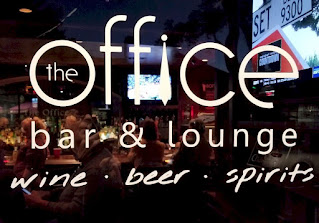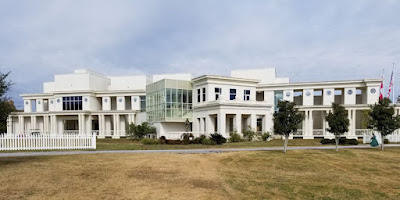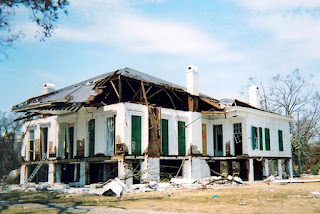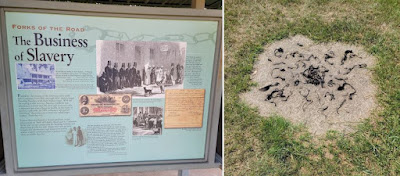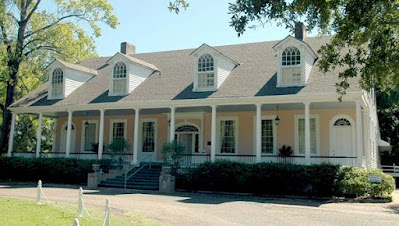
In 1720, the area we now
know as the City of Biloxi was settled for the first time. The original
settlement across the bay was known as Vieux Biloxy or Old Biloxi. In 1811, the
area became part of the Mississippi Territory, with Mississippi becoming a
state in 1817.
In 1854, Old Biloxi, the site of Fort Maurepas, became known as Ocean Springs because a New Orleans physician believed the local springs had medicinal qualities. Many tourists visited the local spas.
In 1870, the Mobile to New
Orleans railroad came to town returning Ocean Springs to a tourist destination.
It also allowed the easy shipment of Ocean Springs’ seafood to regional
markets.
Life changed again in 2005 because of Hurricane Katrina’s 28-foor storm surge. The US 90 bridge from Ocean Springs to Biloxi was destroyed as were many bay-front estates, homes, and businesses.
The town has a reputation as an arts community. Its historic downtown streets are lined by live oak trees. It is home to several art galleries and over 150 shops, boutiques, and restaurants. There is nightlife in abundance.
My favorite spots are The Office Bar & Lounge ($3 happy hour) and Maison De Lu for its Escargot Stuffed Mushrooms. They’re amazingly good. I also get to visit my daughter and grandson who have chosen Ocean Springs as their hometown.
Just before our visit in June 2022, Ocean Springs was named the best small coastal town in the United States by USA Today. Well-deserved in my opinion.
For the Confederate history buff (like me), the retirement home and library of President Jefferson Davis are also located in Biloxi. It was here at Beauvoir that Davis wrote The Rise and Fall if the Confederate Government. Beauvoir barely survived Hurricane Katrina in 2005 and much of its collection of artifacts was lost. The adjoining library was replaced with a new building that has a bit of an empty feel. Excellent guided tours of the mansion are available every day.


